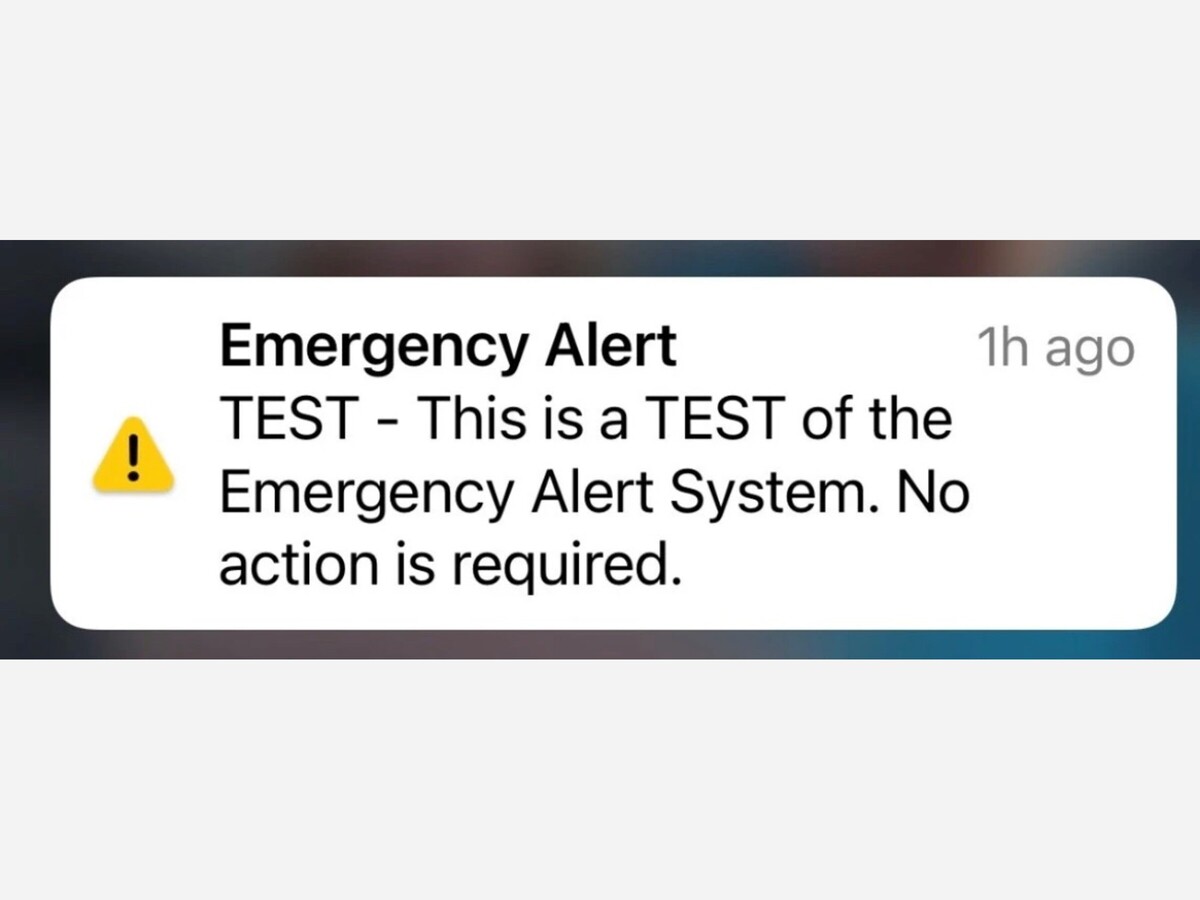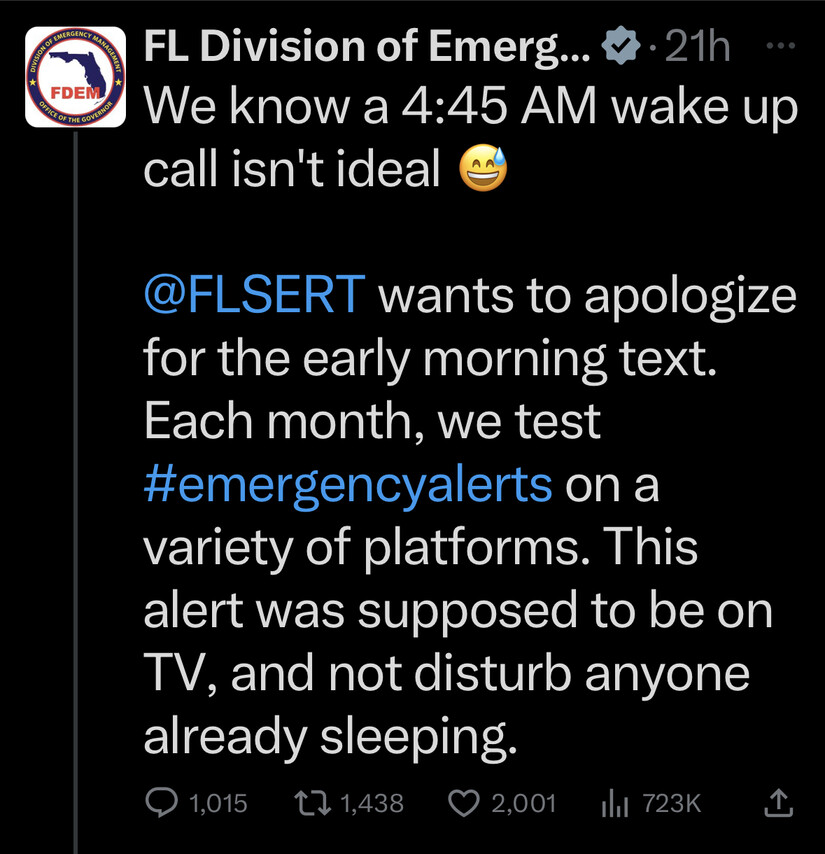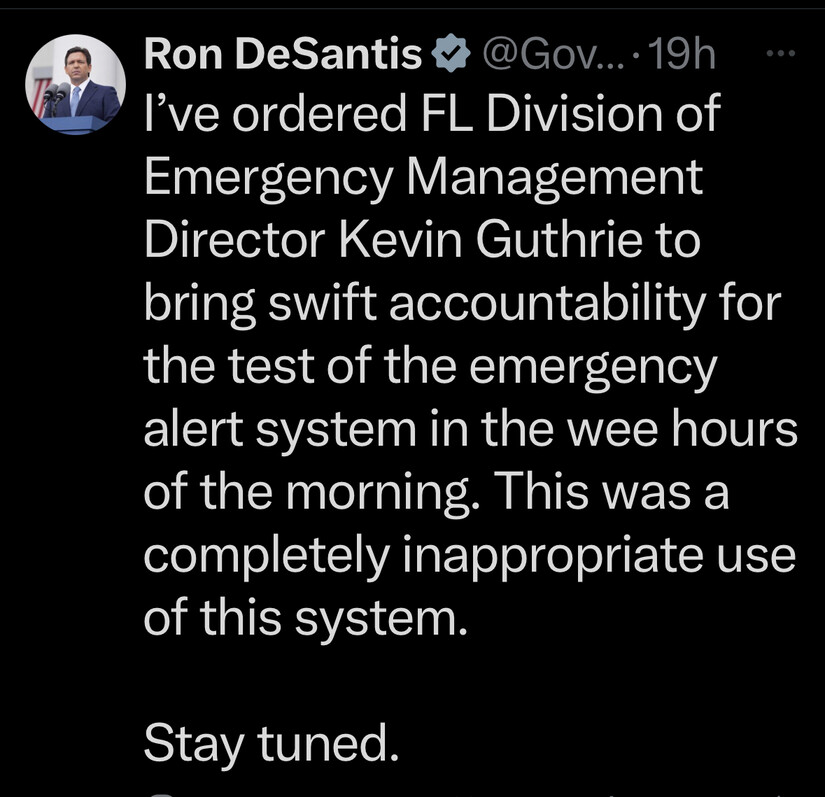Image

The emergency alert system (EAS) on your cell phone is a feature that allows government agencies to send important emergency messages directly to your phone. These messages can include alerts about natural disasters, severe weather conditions, terrorist threats, and other public safety emergencies.
The system is part of the Wireless Emergency Alerts (WEA) program, which was launched by the Federal Emergency Management Agency (FEMA) in partnership with wireless carriers and other government agencies. When an emergency message is sent, your phone will emit a loud alert sound, vibrate, and display a message with important information about the emergency.
Florida authorities apologized Thursday April 20 after millions of state residents were abruptly awoken in the early morning by a loud emergency alert on their phones.

At around 4:45 a.m., Floridians with smartphones received an alert that read, "TEST – This is a TEST of the Emergency Alert System. NO action is required." The alert was accompanied by a loud alarm that is used for Amber Alerts or hurricane warnings.
The Florida Division of Emergency Management has terminated its contract with Everbridge, which state officials said was the firm responsible for the errant emergency test alert that blared from cell phones.
Social media was blanketed with upset residents who indicated they have turned off these alerts from their phones. Tidings Media strongly advises against disabling these messages, which local and State level county emergency management activates in the event of an eminent local danger to residents.
The Emergency Alert System (EAS) is used in Florida for a variety of emergency situations, including but not limited to:
In Florida, the EAS is managed by the Florida Division of Emergency Management (FDEM) and is used in conjunction with other communication tools to keep the public informed during emergency situations.
As annoying as this untimely error was for Florida residents, steps have been taken to eliminate reoccurrance, including a statement from the Governor directly indicating corrective action. Overall, the EAS is an important tool that can help keep you informed and safe during emergency situations. Disabling the system may put you and others at risk, and is generally not recommended.
